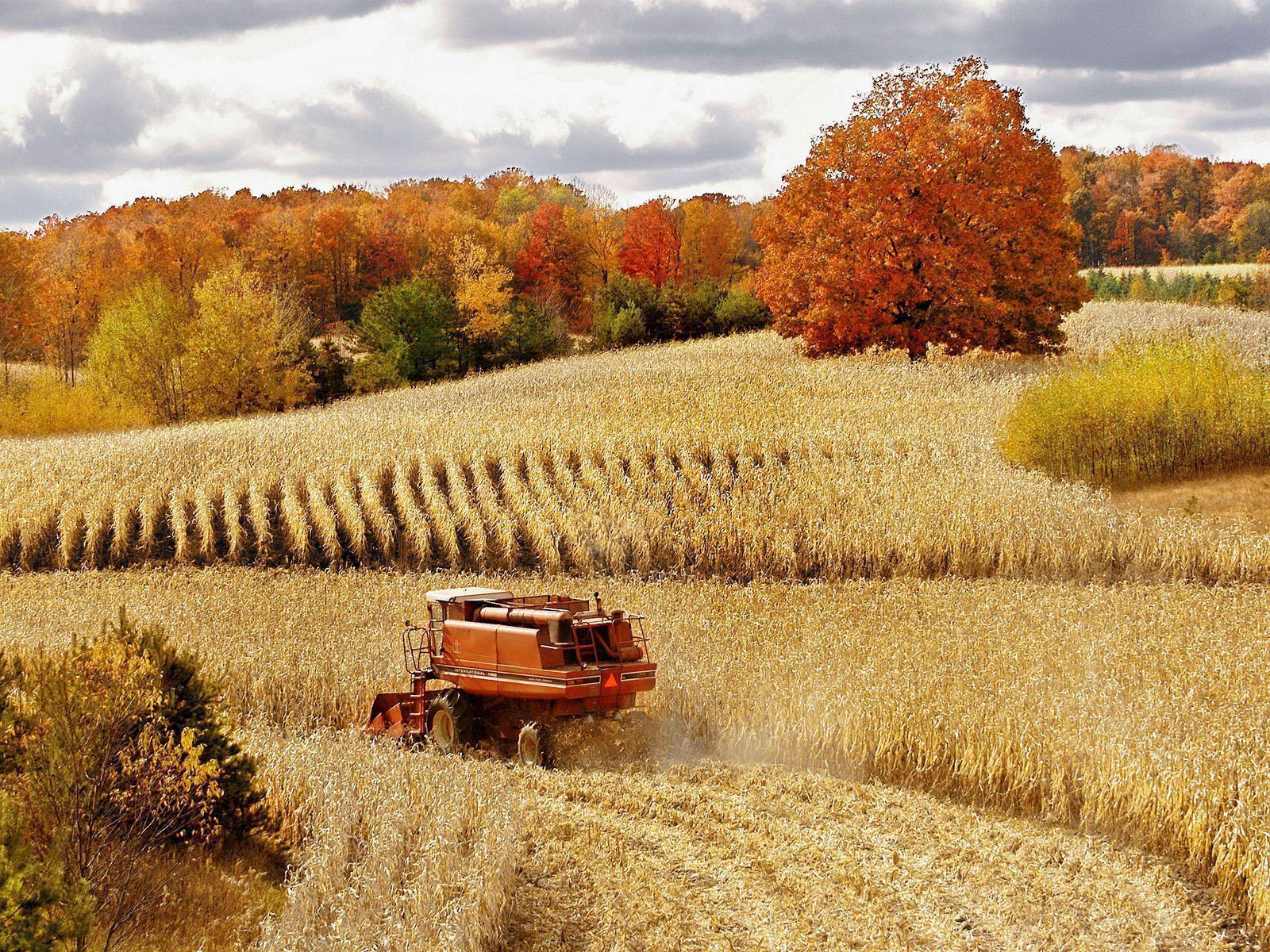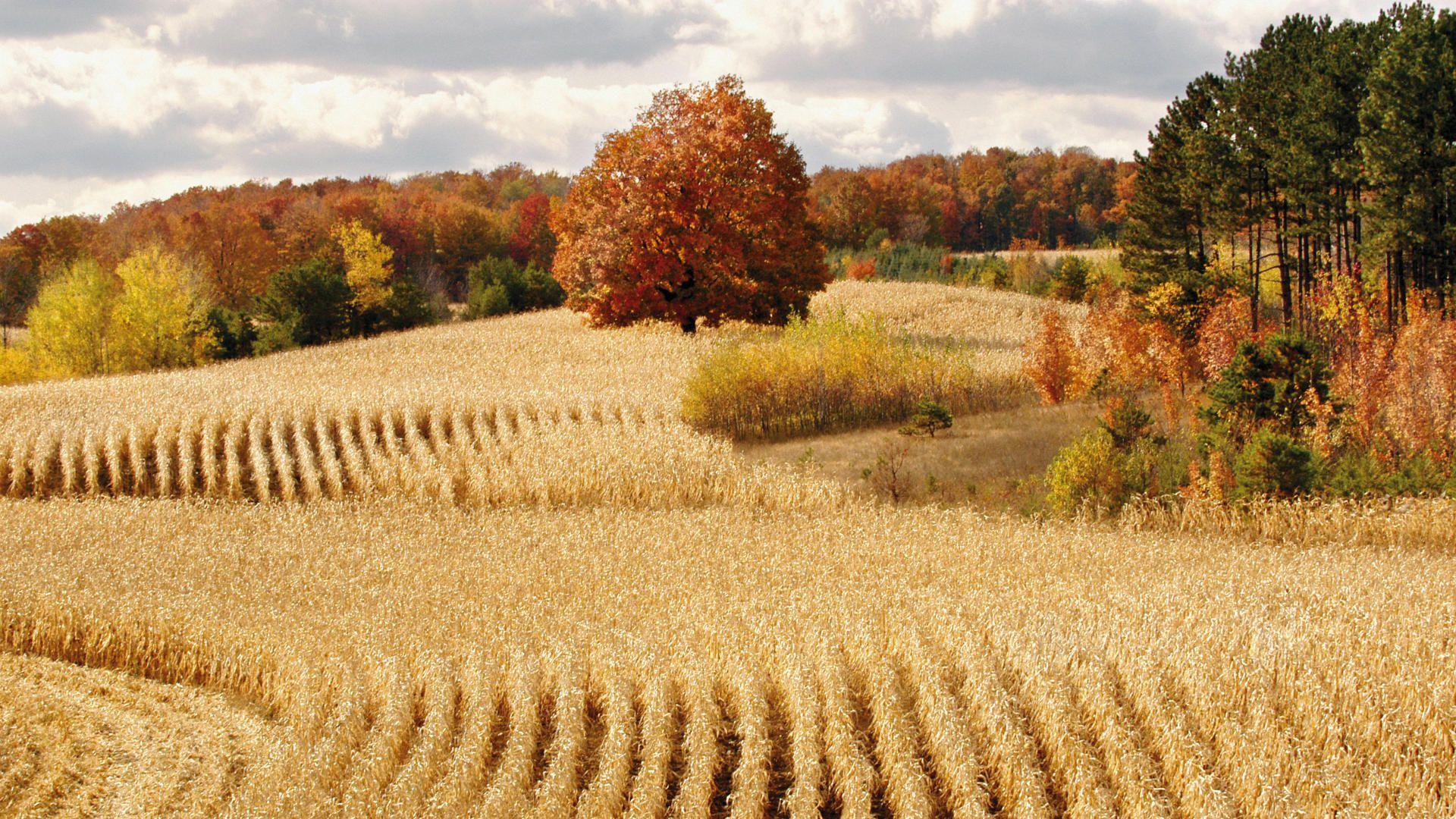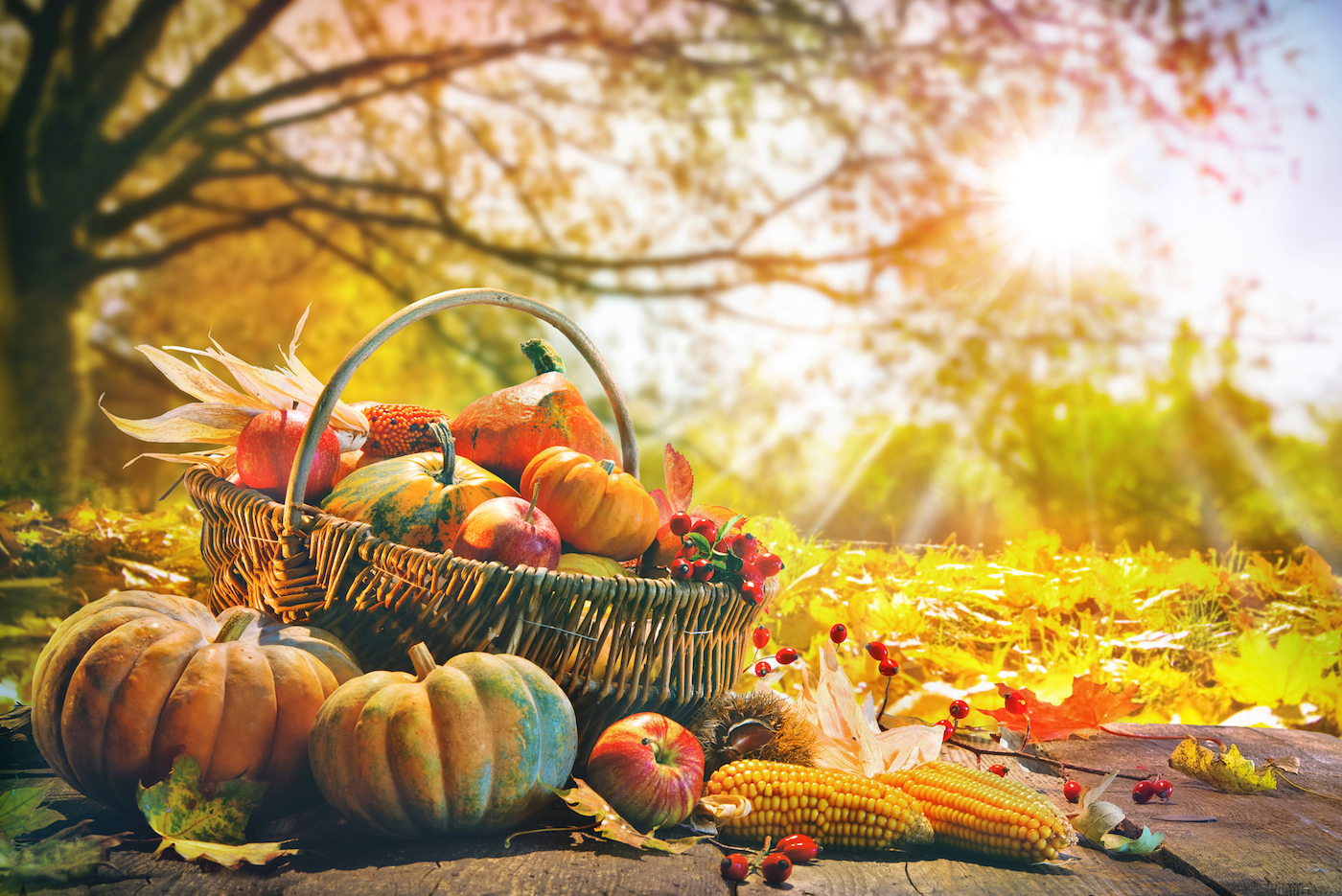How To Harvest Basil For A Bountiful, Bushy Plant This Season
Getting the most from your basil plant, you know, is a really satisfying thing. There’s nothing quite like picking fresh, fragrant leaves right from your garden or windowsill for a meal. The meaning of harvest, as some folks put it, is simply the season for gathering in agricultural crops, and that, too, is exactly what we aim for with our basil – collecting those tasty leaves when they are at their very best. Knowing the right way to harvest basil can make all the difference, actually, between a plant that quickly goes to seed and one that keeps giving you fresh herbs for weeks and weeks.
A lot of people, you know, just snip off a few leaves here and there, and that’s perfectly fine for a quick meal. But if you want your basil plant to truly thrive, to grow bigger and produce more, there’s a little more to it than just random snipping. We’re talking about a method that encourages the plant to branch out, creating a fuller, more productive bush.
So, whether you're a seasoned gardener or just starting out with your first herb pot, figuring out how to harvest basil the smart way will help you enjoy its wonderful flavor for much longer. It's a simple skill, really, that can totally change your basil-growing experience this time of year.
- Caitlin Clark Rookie Card
- Tun Tun Tun Sahur
- What Happened To Jessica Tarlov
- La Casa De Los Famosos Vota
- Do Female Cats Spray
Table of Contents
- Why Proper Basil Harvesting Matters
- When is Basil Ready to Harvest?
- Step-by-Step: How to Harvest Basil Like a Pro
- Tips for a Bountiful Basil Crop
- What to Do with Your Freshly Harvested Basil
- Frequently Asked Questions About Basil Harvesting
Why Proper Basil Harvesting Matters
Harvesting basil correctly is more than just getting leaves for your dinner. It's actually a key part of keeping your plant happy and productive. Think of it as a little haircut for your plant, you know, that helps it grow even better. If you just let your basil grow wild, it tends to get leggy and then, rather quickly, starts to flower. Once it flowers, the leaves can get a bitter taste, which is not what we want for our yummy dishes.
Keeping Your Plant Healthy
When you take off the top parts of the plant, you're telling it to put its energy into growing new leaves and stems from lower down. This process, you see, helps the plant stay strong and vibrant. It also helps with air circulation, which can keep away some common plant problems. A healthy plant, after all, is a happy plant that gives you more good stuff.
Not harvesting your basil at all can make it weak, honestly. The plant will focus on making seeds, which uses up a lot of its strength. This means fewer leaves for you, and those leaves might not have the same great flavor. So, a little bit of careful harvesting is, in a way, like giving your plant a good workout.
- Deep Winter Color Palette
- Two Babies One Fox Comic
- Camarones A La Diabla
- How To Remove Acrylic Nails
- Korean Language For I Love You
Boosting Your Yield
The goal, really, is to get your basil plant to branch out. Every time you snip a main stem, the plant usually sends out two new shoots from the leaf nodes below the cut. This means, quite simply, that one stem becomes two, then those two become four, and so on. It’s like magic, but it's just how basil grows!
This method helps you get a much bushier plant, and a bushier plant has many more leaves. It means you'll have a steady supply of fresh basil, rather than just a quick burst. You could be making pesto, adding it to salads, or using it in your pasta dishes all summer long, which is pretty great, you know.
When is Basil Ready to Harvest?
Knowing when to pick your basil is almost as important as knowing how. You don't want to pick it too early, before the leaves have developed their full flavor, but you also don't want to wait too long. There are a few clear signs your basil is ready for its first haircut, as it were.
Visual Cues
Usually, your basil plant will be ready for its first harvest when it has grown to about 6 to 8 inches tall and has at least three to four sets of true leaves. These are the larger, more developed leaves, not the tiny ones that first sprout. The leaves should look vibrant green and feel tender to the touch. If they look a bit pale or wilted, that might mean your plant needs some water or a little more sun, you know, before you start picking.
You’ll also notice that the stems are strong enough to support themselves, not too floppy. The plant should look generally healthy and lively. Waiting until it's a good size means it has enough energy stored to bounce back quickly after you take some leaves, which is, you know, pretty important for its long-term health.
The Flowering Dilemma
This is a big one for basil growers. Basil, like many herbs, wants to flower and make seeds as it gets older. When a basil plant starts to put out flower stalks, it sends all its energy into making those flowers and seeds, and the flavor of the leaves can change. They often become more bitter and less aromatic, which is, well, not ideal for cooking.
So, the trick is to harvest your basil regularly and, very importantly, to pinch off any flower buds you see forming. If you spot a tiny flower stalk starting to grow at the top of a stem, just snip it right off. This tells the plant, you know, "Hey, don't flower yet! Keep making those delicious leaves!" You can actually do this throughout the growing season to keep your plant in leaf-production mode for as long as possible. It's a simple step, but it really makes a difference.
Step-by-Step: How to Harvest Basil Like a Pro
Now for the hands-on part. There are a couple of ways to harvest basil, depending on how much you need and what you want your plant to do next. Both methods, however, aim to encourage new growth and keep your plant bushy. It’s not hard at all, you know, once you get the hang of it.
Tools You'll Need
For harvesting basil, you don't need a lot of fancy equipment. Really, just a few simple things will do the trick.
- **Sharp Scissors or Pruning Shears:** These are your best friends for clean cuts. A clean cut, you see, helps the plant heal faster and reduces the chance of disease. Blunt tools can crush the stems, which is not good for the plant.
- **Your Fingernails:** For smaller, more delicate pinches, your clean fingernails work perfectly well. This is especially true for young plants or when you're just taking a few leaves.
That’s pretty much it! No need for anything complicated, just something that can make a nice, clean snip, you know.
Pinching Method (for smaller harvests and bushier growth)
This method is great for regular, small harvests and for keeping your plant nice and full. It's the one you'll probably use most often.
- **Find a Main Stem:** Look for a stem that has at least two sets of leaves on it. You’ll see smaller leaf nodes, which are tiny bumps, just above where the main leaves attach to the stem.
- **Pinch Above a Leaf Node:** Using your thumb and forefinger, or your sharp scissors, pinch or cut the main stem just above one of these leaf nodes. You want to leave at least one set of leaves on the plant below your cut.
- **Watch it Grow:** After you pinch, two new shoots will typically grow from those leaf nodes you left behind. This makes your plant branch out and become bushier. It’s quite satisfying to watch, actually.
- **Repeat Regularly:** Do this every week or two, or whenever you need basil. This consistent pinching will keep your plant from getting leggy and, you know, will prevent it from flowering too early.
This technique, you know, is really good for encouraging the plant to spread out horizontally rather than just growing straight up. It’s how you get that lovely, full basil plant everyone wants.
Cutting Method (for larger harvests)
If you need a lot of basil for something like a big batch of pesto, or if your plant is getting really big, this method is for you. It's a more aggressive harvest, but still good for the plant if done right.
- **Identify the Plant's Height:** Look at your basil plant. You want to leave at least one-third to one-half of the plant intact, especially if it’s a young one. Don't cut it too short, as it needs enough leaves to keep making energy.
- **Cut Above a Strong Node:** Choose a main stem and cut it with your sharp scissors or shears. Make your cut just above a pair of healthy leaves or a strong leaf node, further down the stem than you would for pinching. You might be taking a larger section of the stem, including several pairs of leaves.
- **Consider the Whole Plant:** When taking a large harvest, try to cut from different parts of the plant, rather than just one side. This helps the plant stay balanced and grow back evenly.
- **Remove Flower Buds:** As always, if you see any flower buds, snip them off. This is especially important after a large harvest, as the plant might try to flower more quickly when stressed.
This cutting method, you know, is really good for when you need a significant amount of basil. Just be sure not to take too much at once, as the plant needs time to recover and regrow. It’s all about balance, you see.
Tips for a Bountiful Basil Crop
Beyond just the harvesting technique, there are a few other things you can do to make sure your basil plant is as productive as it can be. These little things, you know, really add up to a healthier, happier plant that gives you more delicious leaves.
Don't Over-Harvest
While regular harvesting is good, taking too much at once can stress your plant. As a general rule, try not to remove more than about one-third of the plant's total leaves at any one time. The plant needs those leaves to photosynthesize, which is how it makes its food. If you take too many, it won't have enough energy to grow back quickly, or even to survive, which is, you know, something we definitely want to avoid.
Give your basil a little time to recover between harvests. If you took a big batch, wait a week or two before taking another large amount. Small, frequent pinches are usually better for the plant's long-term health and continuous production. It's like giving it a little break, you see.
Watering and Sunlight
Basil loves sun, usually needing at least six hours of direct sunlight each day. If your plant isn't getting enough sun, it might grow leggy and produce smaller, less flavorful leaves. So, place it in a sunny spot, if you can. Water is also very important, of course. Basil likes consistently moist soil, but not soggy. Make sure the pot has good drainage if it's in a container.
Check the soil regularly by sticking your finger about an inch deep. If it feels dry, it's time to water. Overwatering can be just as bad as underwatering, leading to root problems. A happy basil plant, you know, is one that gets just the right amount of light and water, so it can really flourish.
Pest Watch
Keep an eye out for any little critters that might try to munch on your basil. Aphids, spider mites, and slugs can sometimes be a problem. Regularly checking the undersides of leaves and along the stems can help you catch these pests early. If you spot them, you can often just rinse them off with a gentle spray of water, or use a natural insecticidal soap. A healthy plant, you know, is more resistant to pests, but it’s always good to be vigilant.
You can learn more about growing basil from a trusted source, which can provide even more detail on keeping your plant in tip-top shape. This helps you keep your basil growing strong and pest-free, which is, well, pretty important.
What to Do with Your Freshly Harvested Basil
Once you've got those beautiful basil leaves, the fun really begins! There are so many ways to use and keep your fresh basil, so it doesn't go to waste. You've put in the effort to grow and harvest it, so, you know, let's make the most of it.
Simple Storage Ideas
Fresh basil is best used right away, but you can keep it for a short time. One popular way is to put the stems in a glass of water, just like a bouquet of flowers, and cover the leaves loosely with a plastic bag. Then, you know, put it on your counter, out of direct sunlight. It can last for several days like this. For longer storage, you can chop it up and mix it with a little olive oil, then freeze it in ice cube trays. This is a great way to have basil all winter long, actually.
Another way is to dry the leaves, though they do lose some of their flavor this way. You can also make pesto and freeze that. The key is to act quickly after harvesting to preserve that wonderful aroma and taste. You want to lock in that freshness, you know, for later enjoyment.
Culinary Inspiration
Basil is incredibly versatile in the kitchen. Of course, pesto is a classic, but there's so much more you can do. Add fresh leaves to a Caprese salad with tomatoes and mozzarella, or tear them over a pizza just after it comes out of the oven. It's fantastic in pasta sauces, on sandwiches, or even muddled into a refreshing drink. You can also make basil-infused olive oil, which is pretty delicious.
Don't be afraid to experiment, you know. Fresh basil can brighten up almost any savory dish. It’s one of those herbs that truly transforms a meal with its unique, sweet, and peppery flavor. So, get creative and enjoy the fruits of your harvesting labor! You can find more ideas on our site about gardening tips, and also take a look at this page for other delicious recipes.
Frequently Asked Questions About Basil Harvesting
People often have a few common questions when they're learning how to harvest basil. Here are some of the most asked ones, you know, that might help you out.
Can I harvest basil leaves from the bottom?
You can, actually, but it's usually better for the plant to harvest from the top. Taking leaves from the bottom might not encourage the plant to branch out as much. The top leaves are also often the freshest and most flavorful. If you only take bottom leaves, the plant might get leggy and less productive over time, which is not what we want.
How often should you harvest basil?
You can harvest basil pretty regularly, usually every week or two, once your plant is established and growing well. The more you harvest, especially using the pinching method, the more the plant will grow back and produce. It’s like a cycle, you know, where harvesting encourages more growth. Just remember not to take too much at once.
What happens if you don't prune basil?
If you don't prune or harvest your basil, it will eventually grow tall, get leggy, and then, you know, it will start to flower. Once it flowers, the plant puts all its energy into making seeds, and the leaves can become bitter and less tasty. The plant's life cycle will also shorten, meaning you'll have fresh basil for a much shorter period. Regular pruning keeps it in its leafy, flavorful stage.
So, you know, by using these simple steps and keeping an eye on your basil, you'll be able to enjoy fresh, aromatic leaves all season long. It's a truly rewarding experience to grow and gather your own herbs, and basil, you know, is a wonderful place to start.
- Me Too In Spanish
- Wasmo Somali Channel Telegram 2025
- What Does Body Count Mean
- Tun Tun Tun Sahur
- Nagi Hikaru

Fall Harvest Wallpapers - Wallpaper Cave

Harvest Wallpapers - Top Free Harvest Backgrounds - WallpaperAccess

Fall Harvest Market | Edify.